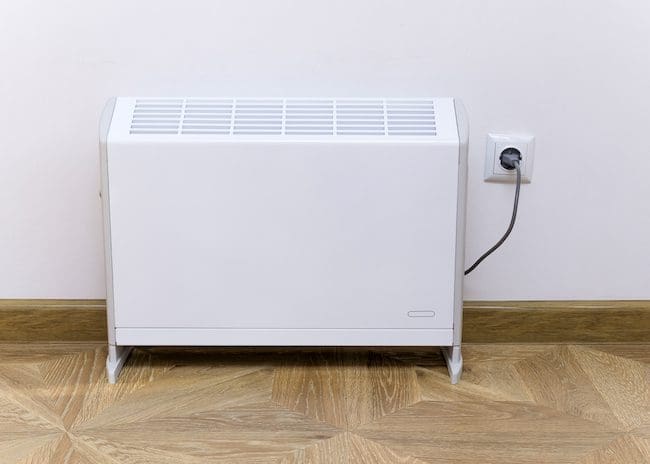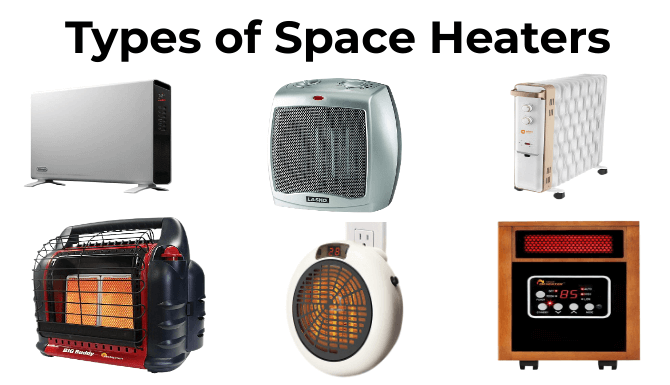The Best Guide To 1 Source Portable Air
Table of ContentsGetting The 1 Source Portable Air To WorkUnknown Facts About 1 Source Portable AirThe 8-Second Trick For 1 Source Portable AirThe Buzz on 1 Source Portable Air5 Simple Techniques For 1 Source Portable Air
Running expenses are based on a power cost of 40c/kWh. The prices for 3 months' usage in wintertime are based upon 500 hours utilize, or about 6 hours each day for 3 months. Optimum heat output is based upon the optimum power level of the models we've tested (we concentrate on greater power level heating units).

On average, little follower heating systems are much less expensive to purchase, however can have greater running costs. Oil column heating units will be the most inexpensive on the market to run (on average) however just by a slim margin in advance of convection heaters (like panel and micathermic panels).
The Single Strategy To Use For 1 Source Portable Air
If you have a reversible ceiling fan, it'll assist spread the warmth around the room more uniformly. The versions in our electric heating systems examination typically array in cost from well under $100 to over $900, but we have actually discovered a greater cost doesn't always indicate better efficiency. A number of pricey heating systems have failed to excite our testers, while some less expensive models create remarkably great buys.
As the name suggests, they emit warmth from a heated home heating element (so the family will need to take turns sitting in front of it). There are flooring and wall-mounted versions offered. Glowing heating units are fairly inexpensive. They have a cosy glow and personal warming result, like being in front of a fire.
Radiant heating units generally cost in between $20 and $200. Oil-filled column heating units do not actually burn oil they make use of electrical power to warm the oil that's sealed inside their columns or 'fins'.
1 Source Portable Air for Dummies
Some column heaters aren't even oil-filled however rather make use of various other material or home heating modern technology to function the exact same method - 1 Source Portable Air. The danger of fire with an oil column heating system is reduced contrasted to other heater kinds, however never ever no. Oil heating units do not have exposed components like glowing heating units do, and their surface area temperature level is less than several various other heating unit types (their large area makes up for it)
Oil column heaters won't explode, and while they do not shed their oil to create warm, it's still flammable, so there is a fire risk if the oil leakages, if the heater tips my blog over and leaks, or if combustible objects or textile come right into get in touch with or drop on the heating unit. You must exercise the exact same level of caution with oil heating units as for other heating system types, and never ever hang towels or garments over one to completely dry them use a drying out rack rather, at the very least one metre away.
Column heating systems are particularly valuable in spaces where they'll be turned on for long you could try here durations of time or where they'll run ignored, such as overnight in a room. The surfaces you're most likely to touch on a column heating unit don't get as hot as other kinds of electrical heating units. You can utilize a ceiling fan on really low rate to aid the column heating system to distribute the heat faster and a lot more uniformly.
Oil-filled column heating systems normally set you back in between $50 and $450. Convection and panel heaters attract chilly air over an electrical read the full info here home heating component.
Excitement About 1 Source Portable Air

Convection and panel heating systems are a lot more portable than their oil-filled column heating system counterparts because they're significantly lighter. Like a column heating system, you can utilize a ceiling fan on extremely low rate to distribute the heat faster and more equally.

1 Source Portable Air Things To Know Before You Buy
Follower heaters are usually smaller and much more portable than various other electric heating units. They also are available in the form of tower follower heating units, which can be much better for distributing warm around bigger spaces because of their taller profile. They can warm the air in an area a lot more rapidly, equally and quickly than a few other heating system kinds.
Follower heating systems (ceramic or otherwise) generally price in between $60 and $900. Ceramic follower heaters aren't necessarily any type of different in cost to non-ceramic versions.
Comments on “Our 1 Source Portable Air Diaries”